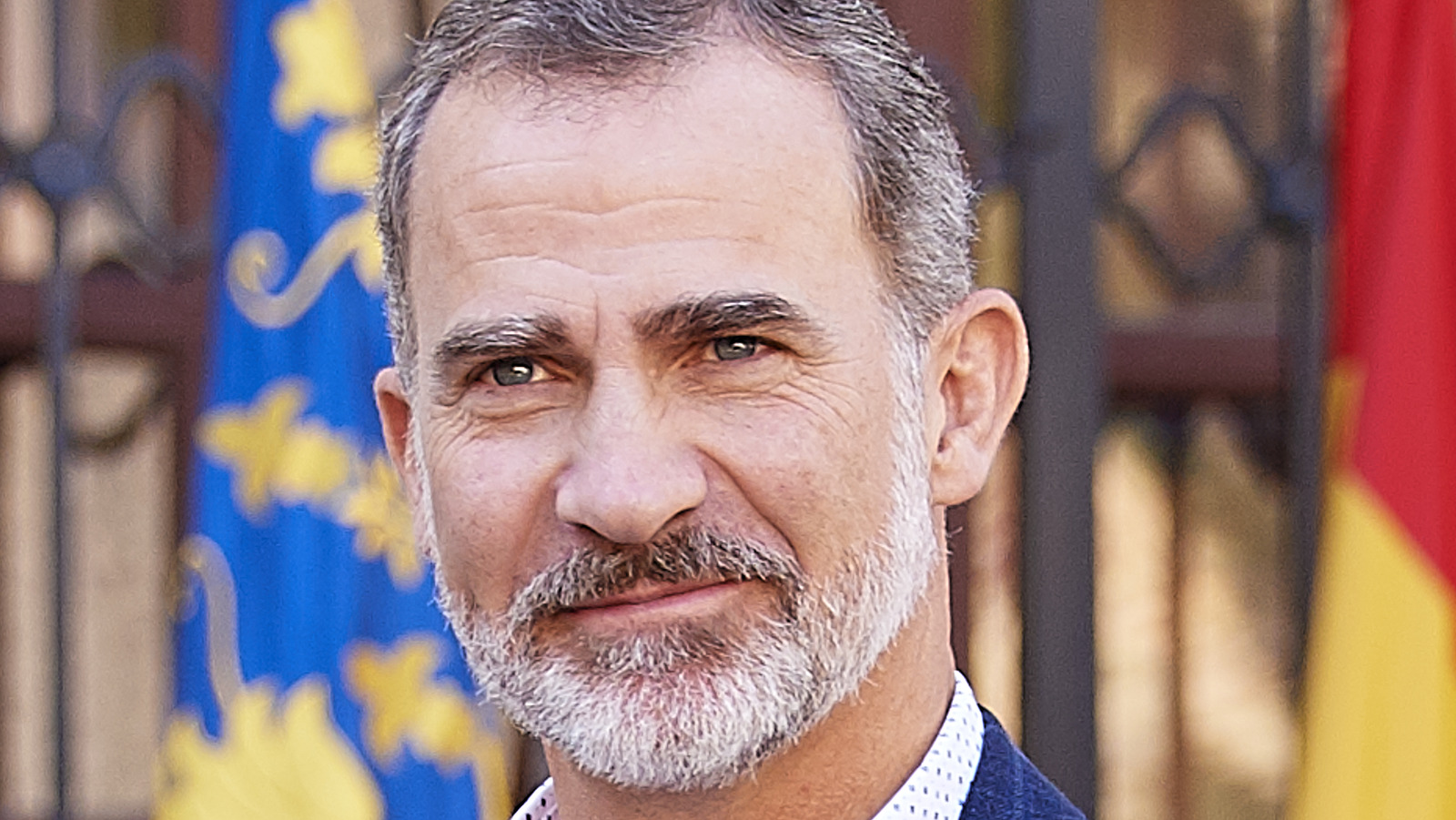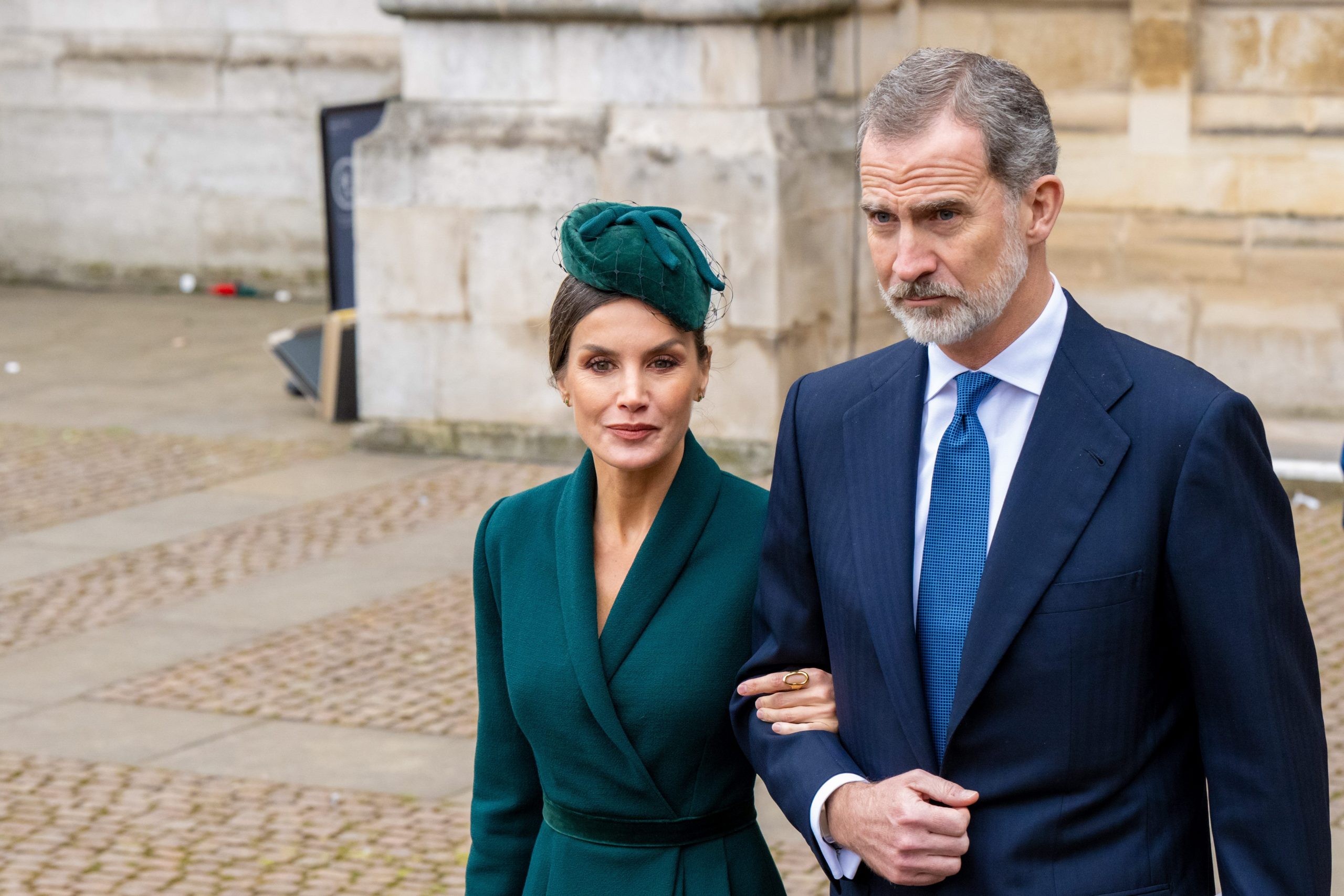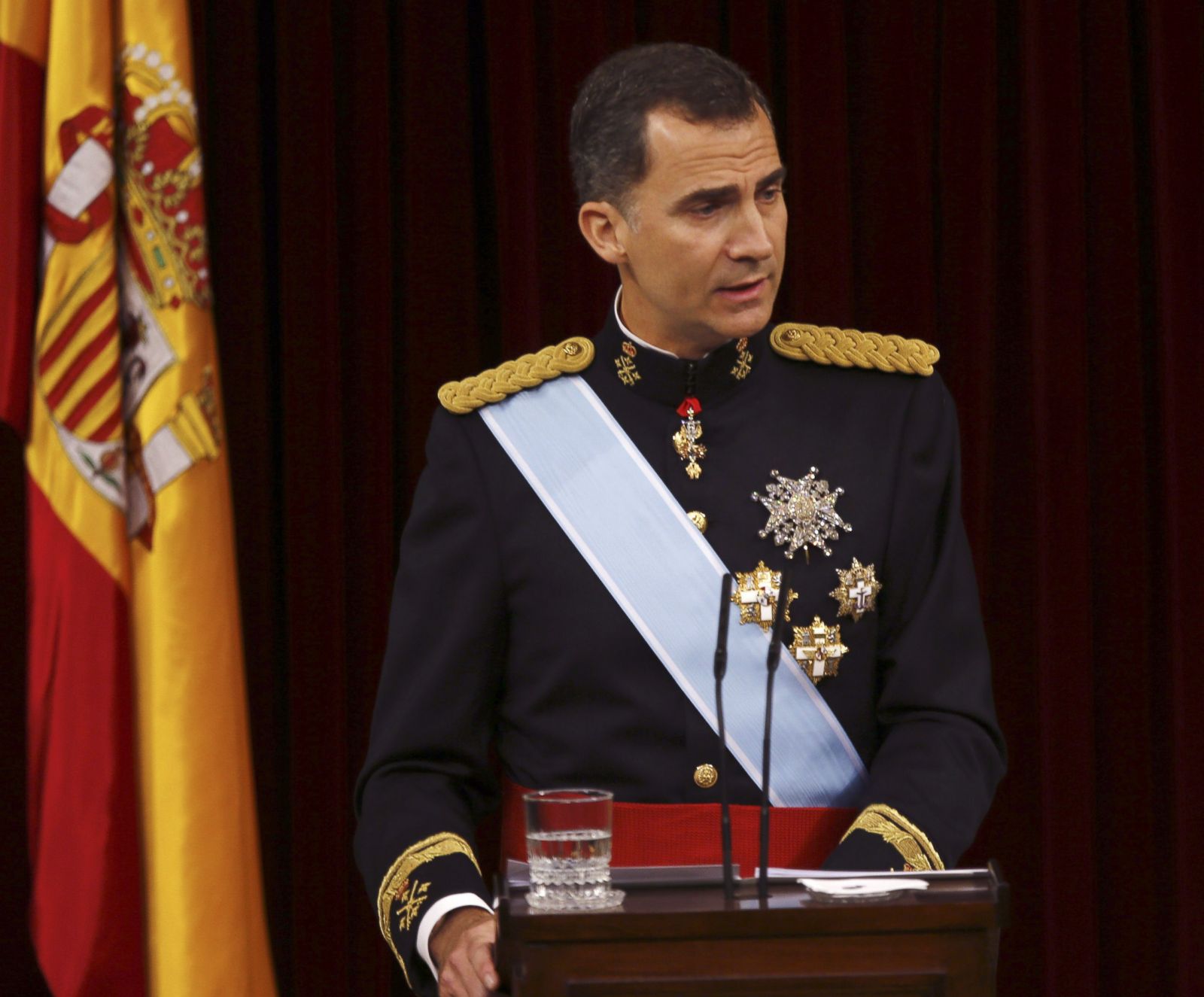King of Spain

King of spain –
King Felipe VI of Spain is the current monarch of the Kingdom of Spain. He was born Felipe Juan Pablo Alfonso de Todos los Santos de Borbón y Grecia on January 30, 1968, in Madrid, Spain. He is the eldest son of King Juan Carlos I and Queen Sofía of Spain.
King Felipe VI of Spain, the dashing monarch, is known for his progressive views and dedication to his country. His wife, Queen Letizia, is equally admired for her elegance and intelligence. Together, they have become symbols of modern royalty. Speaking of modern royalty, Kate Middleton , the Duchess of Cambridge, has captured the hearts of people around the world with her grace and style.
Her marriage to Prince William has brought a fresh perspective to the British monarchy, much like King Felipe VI and Queen Letizia have done in Spain.
Felipe VI received his education at the Santa María de los Rosales School in Madrid and the Royal Military Academy in Zaragoza. He also studied at the Autonomous University of Madrid and the Georgetown University School of Foreign Service.
The King of Spain, a symbol of the country’s rich history and tradition, has recently garnered attention for his public statements. Among the topics he addressed was the remarkable performance of young tennis sensation Carlos Alcaraz. Alcaraz’s slams have propelled him to the forefront of the sport, earning him widespread acclaim.
The King’s recognition of Alcaraz’s achievements highlights the significance of sports in Spanish culture and the pride the nation takes in its sporting heroes.
Felipe VI completed his military service in the Spanish Army, Navy, and Air Force. He was commissioned as a lieutenant in the Spanish Army in 1985 and served as a helicopter pilot. He also served as a naval officer and an air force pilot.
Felipe VI married Letizia Ortiz Rocasolano, a former journalist, on May 22, 2004. They have two daughters, Leonor, Princess of Asturias, and Infanta Sofía of Spain.
Felipe VI is a keen sportsman and enjoys sailing, skiing, and tennis. He is also a patron of the arts and culture.
Personal Interests
Felipe VI is a keen sportsman and enjoys sailing, skiing, and tennis. He is also a patron of the arts and culture. He is a member of the International Olympic Committee and the Spanish Royal Academy of History.
Reign and Responsibilities

The King of Spain, as the constitutional monarch, plays a crucial role in the Spanish political system. He serves as the Head of State and Commander-in-Chief of the Armed Forces, representing the unity and permanence of the Spanish nation.
Political and Ceremonial Powers
The King’s political powers are limited, primarily symbolic and ceremonial. He does not have the authority to make or enforce laws but has the power to sanction and promulgate laws passed by the Parliament. The King also has the power to dissolve Parliament, but this power is rarely exercised and requires the approval of the Prime Minister.
The King’s ceremonial responsibilities include opening and closing parliamentary sessions, receiving foreign dignitaries, and bestowing honors and awards. He is also the guardian of the Spanish Constitution and the symbol of national unity.
Relationship with the Government and Parliament
The King does not have a direct role in the day-to-day governance of Spain. The executive power is vested in the Prime Minister and the government, which is responsible for managing the country’s affairs. The King, however, plays a role in ensuring the stability and continuity of the government.
The King’s relationship with Parliament is largely symbolic. He does not have the power to veto laws passed by Parliament, but he can return them for reconsideration with a statement of his concerns. The King also has the power to dissolve Parliament, but this power is rarely exercised and requires the approval of the Prime Minister.
Historical Context and Legacy: King Of Spain

The Spanish monarchy traces its origins to the Visigoths, who ruled the Iberian Peninsula from the 5th to the 8th centuries. The first King of Spain, Pelayo, emerged in the 8th century as the leader of the Christian resistance against the Moorish invaders. Over the centuries, the Spanish monarchy expanded its territory and influence, becoming one of the most powerful empires in Europe.
The Spanish monarchy has played a pivotal role in Spanish history and culture. Kings such as Ferdinand and Isabella, who ruled from 1479 to 1516, oversaw the unification of Spain and the establishment of the Spanish Inquisition. Charles V, who ruled from 1516 to 1556, expanded the Spanish Empire to its greatest extent, making Spain the dominant power in Europe.
The Current Status of the Monarchy, King of spain
Today, the Spanish monarchy is a constitutional monarchy, with the King serving as the head of state. The King’s powers are limited, and he is primarily a symbol of national unity. The current King, Felipe VI, ascended to the throne in 2014 following the abdication of his father, Juan Carlos I.
The Future of the Monarchy
The future of the Spanish monarchy is uncertain. Some polls suggest that a majority of Spaniards support the monarchy, while others indicate that there is growing support for a republic. The monarchy has faced challenges in recent years, including scandals involving Juan Carlos I and the Catalan independence movement. However, the monarchy remains a popular institution, and it is likely to continue to play a role in Spanish society for the foreseeable future.